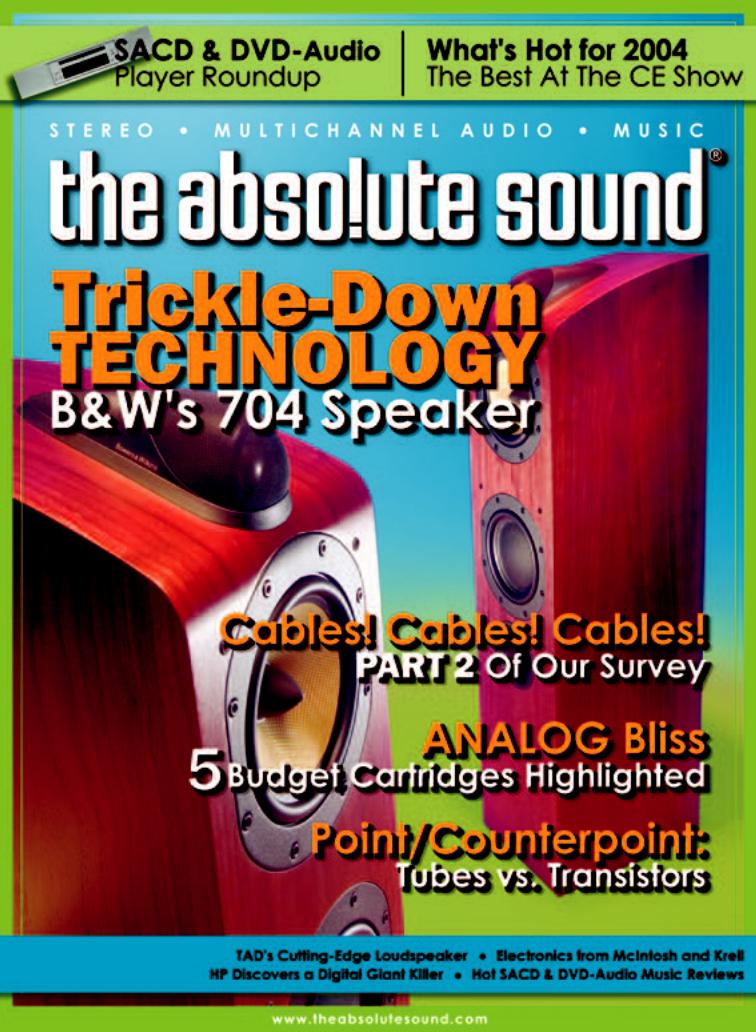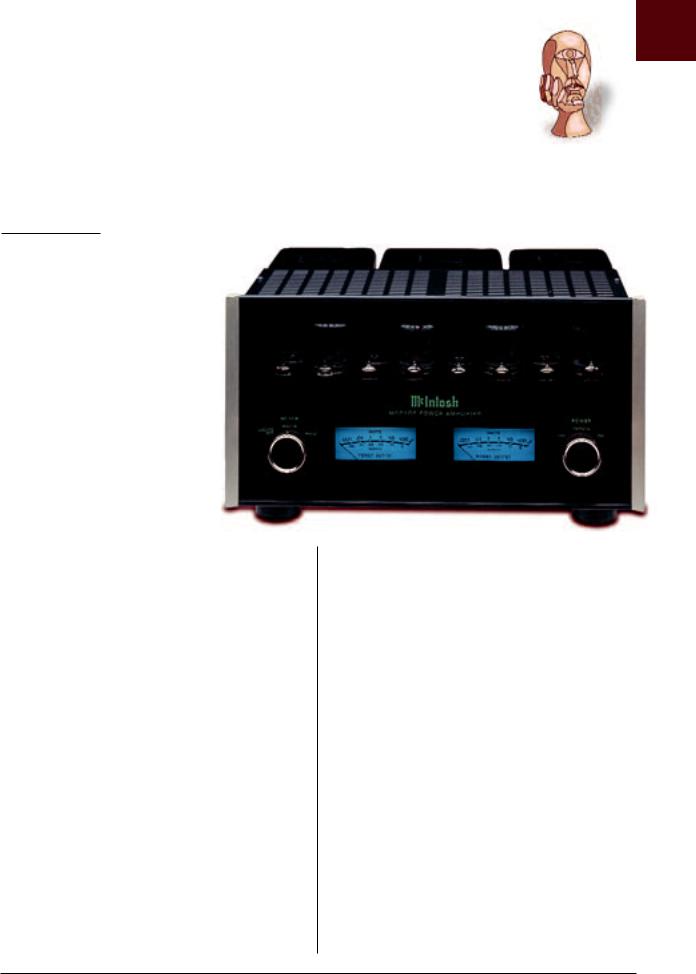Mcintosh mc2102, c2200, mc402 schematic

Electronically reprinted from April/May 2004 |
Issue 147 |

t h e c u t t i n g e d g e
Tubes and Transistors in Happy Harmony
McIntosh in a New Century
Paul Seydor
t continues to amaze me that at the Ibeginning of the 21st century audiophiles can still get into heated, even acrimonious arguments over tubes versus solid-state. With
long experience in both camps, McIntosh shows that enthusiasts of both can happily coexist. Indeed, because this fifty-five-year-old company has never forsaken the traditional electronics’ hierarchy of flat frequency-response, low distortion, and high tonal-neutrality, the basic sonic characteristics of Mac’s tubes and transistors resemble each other rather closely, which is as it should be. There are, nevertheless, differences that will be meaningful to the discerning
audiophile. In this spirit, I thought it might be both fun and instructive to have a listen to a pair each of McIntosh’s comparably priced tube and solid-state preamp/amp combinations, especially since the company obviously has no particular ax to grind. As Ron Cornelius, Mac’s product manager, told me, “People are always saying our tube units sound like transistors and our transistors sound like tubes.”
Mac’s MC2102 tube power amp ($6100) is a spin-off from its MC2000 power amplifier, a fifteen-thousand-dollar limitededition behemoth, no longer available, issued to commemorate the company’s first half-century in business. Both were designed by the legendary Sidney Corderman, who has been with Mac since it was founded in 1949. The companion C2200 ($4600) is the company’s first new tube-preamp in more than forty years, co-designed by Corderman and Roger Stockholm, a thirty-year Mac veteran as committed to solid-state as Corderman is to tubes. The C46 preamplifier ($4350) and MC402 power amp ($5100) are two of Mac’s latest solid-state products, both designed by Stockholm and Charlie Randall, McIntosh’s president. Chris Bomba, a relative newcomer who’s been with the company a “mere” five years, is responsible for most of the C2200 and C46’s ingenious microprocessor circuitry. Together these four products represent over five decades of some of the most accomplished, innovative, and time-proven engineering in all audio. How rare to find a company whose products do exactly what is claimed, with no apologies, glitches, quirks, idiosyncrasies, or
other weirdnesses. The performance of these amps and preamps is so outstanding—their features, function, and real-world usability so thoroughly thought-through—that it took me only a few days to understand why McIntosh has inspired such fierce loyalty among its customers for half a century.
The tube pair, the C2200 and MC2102, arrived first. Following a week of 24/7 break-in, I started listening, with associated equipment consisting for the most part of my Quad ESL 988s, Sony’s XA777ES SACD and Quad’s CDP-99 CD
On most recordings played at moderate levels, these two pairs of electronics could easily be mistaken for one another, the tubes a little yielding and forgiving, the solid-state a little more forthright, defined, and transparent.
players, a SOTA Cosmos/Graham 2.2 combination, several pickups (including a Dynavector 17D Mk II and Sumiko’s excellent new Blackbird), and the Phonomena phonostage.1 First up was the SACD version of Jacintha’s Here’s to Ben [Groove Note], reproduced without any electronic edge, haze, or overlay that could be attributed to the Macs. Her
To subscribe to the absolute sound, call 888-475-5991 (US), 760-745-2809 (outside US) or visit www.theabsolutesound.com. $42 for six issues in the US; $45 Canada, $75 outside North America. Posted by permission from Absolute Multimedia, Inc. All rights reserved. Any unauthorized duplication of this article is strictly prohibited.
For more information about reprints from the absolute sound, contact Wright’s Reprints at 877-652-5295
